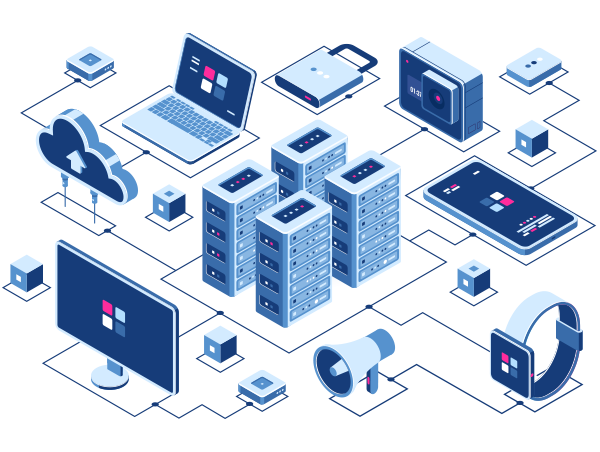IT Infrastructure
About IT Infrastructure
Information Technology (IT) infrastructure refers to the components required to manage and operate enterprise-grade IT environments. An IT infrastructure can be implemented using cloud computing or native organizational components. The elements making up an IT infrastructure include hardware, software, internet components, network components, data storage, and an Operating System (OS).
A traditional IT infrastructure is composed of physical hardware which is connected to a network by means of a remote server. The server is usually housed on location, giving anyone with access to the hardware the ability to view and manage the data and applications housed on the server.
A cloud IT infrastructure is composed of hardware, abstracted resources, network resources, and data storage. The server is usually housed off-location at a datacenter, giving anyone with access to the remote server the ability to view and manage the data and applications housed on the server.
A hyperconverged IT infrastructure (HCI) is a software-defined and unified system, neatly combining the elements of traditional datacenters. An HCI runs off of commercial off-the-shelf servers. The elements of these servers are then converged using a hypervisor. A hypervisor refers to the software which packages together the elements of commercial off-the-shelf servers.






.png)
